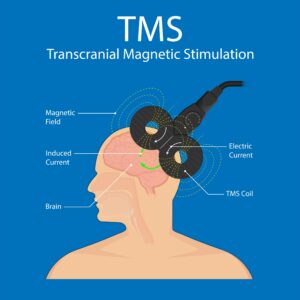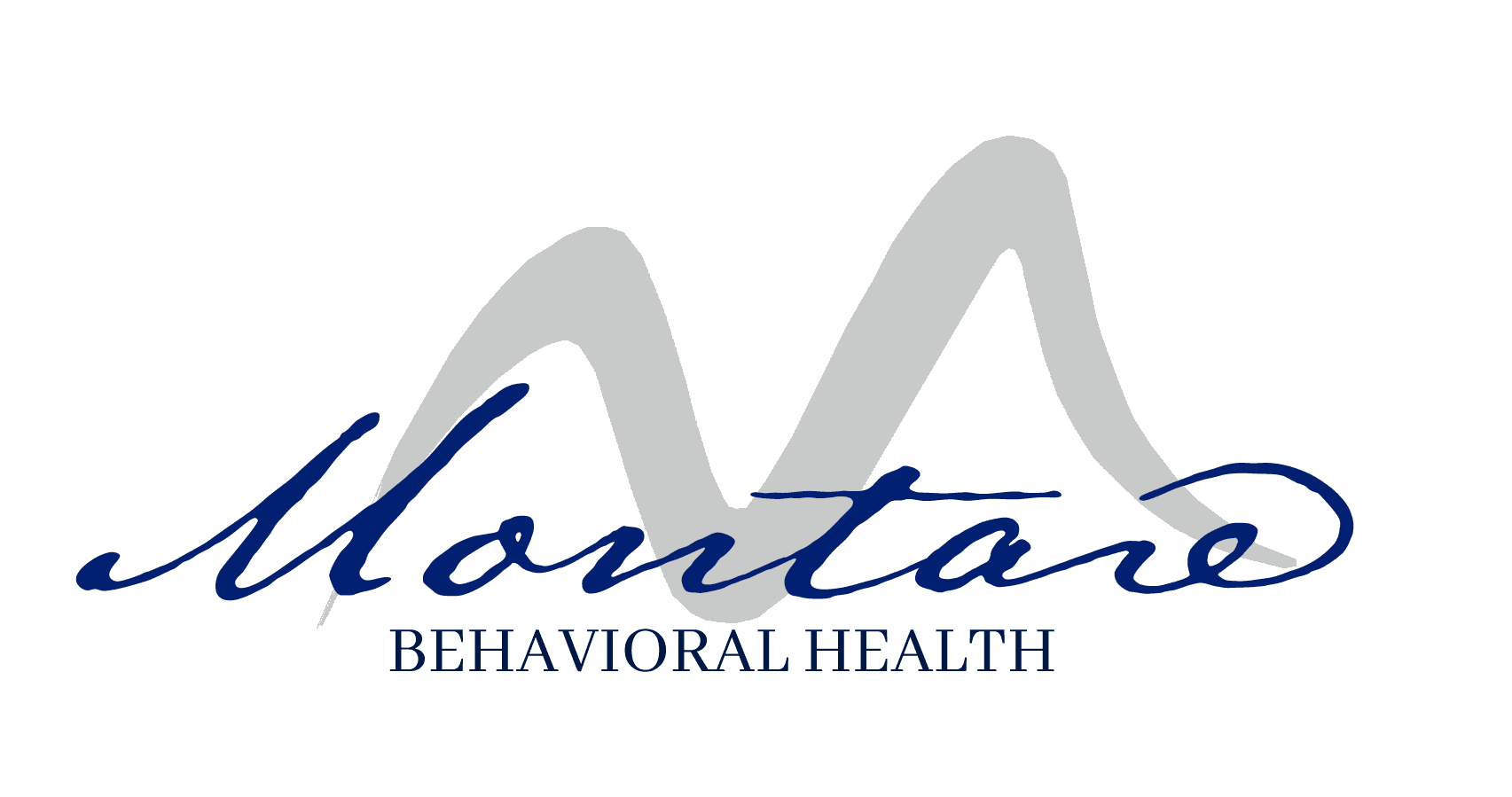While traditional approaches to treating mental health work for many, sometimes a new approach proves necessary. Those who have heard of alternative treatment may not be familiar with it, causing them to weigh the pros and cons of TMS therapy. TMS is a non-invasive, FDA-approved therapy that stimulates nerve cells in a person’s brain. During sessions, the patient wears an electromagnetic coil on their forehead through which magnetic energy pulses are transmitted to the brain. This activates and rejuvenates areas of the brain related to poor mental health symptoms. This approach can be a real game-changer for many and add them to the list of people with a high TMS therapy success rate.
 Pros and Cons of TMS Therapy
Pros and Cons of TMS Therapy
A person weighing the pros and cons of TMS therapy may be dealing with any number of mental illnesses. Many have used prescription medications as part of their attempt to control the symptoms but found that drugs do not provide the relief they need. For example, the TMS therapy success rate for people who have treatment-resistant depression is quite favorable.
It also helps provide relief for people who have anxiety, obsessive-compulsive disorder, post-traumatic stress disorder (PTSD), schizophrenia, and more. TMS therapy can also be beneficial for people who simply cannot tolerate prescription medications because of the side effects they experience or who cannot take them because they are pregnant.
Other pros of TMS therapy include:
- It’s a non-invasive procedure
- It’s done on an outpatient basis
- It has high success rates
As with any therapeutic option, TMS therapy may not be for everyone. Cons include the fact that because this cutting-edge modern approach to treating mental health is fairly new, it’s not available in every area. In addition, the person receiving it must attend several sessions in order to complete the therapy. However, appointments are short, allowing many people to work the sessions into their schedules.
For some, the transcranial magnetic stimulation cost may be an issue. If they have insurance, there is a strong likelihood it will be covered. If not, the treatment center that provides TMS may have options for other ways to pay for it.
TMS Therapy Success Rate
One of the big things to consider when thinking about the pros and cons of TMS therapy is how well does it work? In a study reported by the Harvard Medical School, the TMS therapy success rate for people who had depression was between 50% to 60%. In fact, approximately one-third of the participants achieved full remission from their symptoms. The majority of people who participate in TMS therapy experience an improvement in their symptoms that lasts anywhere from many months to over a year after completing treatment.
Typical Cost of Transcranial Magnetic Stimulation
It’s difficult to ascertain an average transcranial magnetic stimulation cost because of a variety of factors. Many insurance plans cover this treatment, meaning how much a person pays out-of-pocket (if anything) depends on their particular plan and if they have met their deductible. For those not using insurance, the cost will depend on how many sessions they attend and the particular fees each treatment center charges.
Contact Montare Outpatient About Our TMS Therapy Program
Have you tried traditional avenues to improve your mental health, such as medications, and found you aren’t getting the results you want? It’s time to consider using an up-to-date new approach that helps people get the relief they deserve from such illnesses as depression, anxiety, PTSD, and more.
Contact Montare Outpatient today and we will be happy to discuss our TMS therapy success rate and transcranial magnetic stimulation cost.

